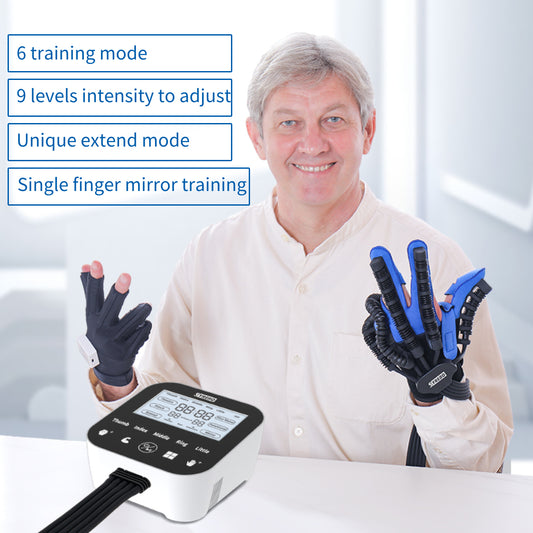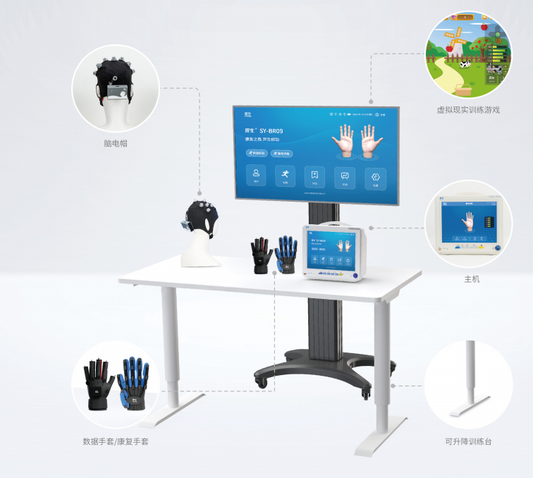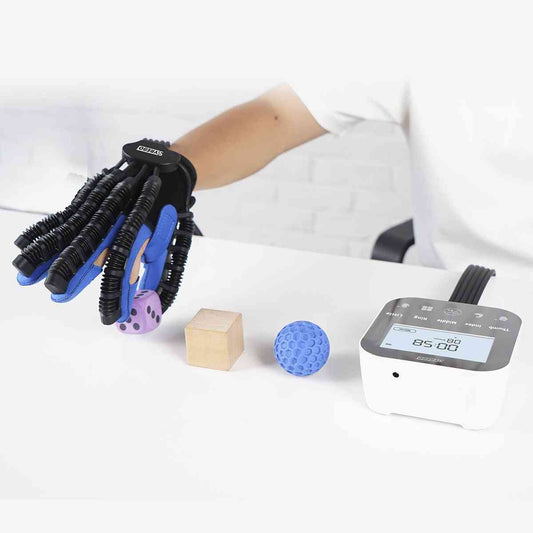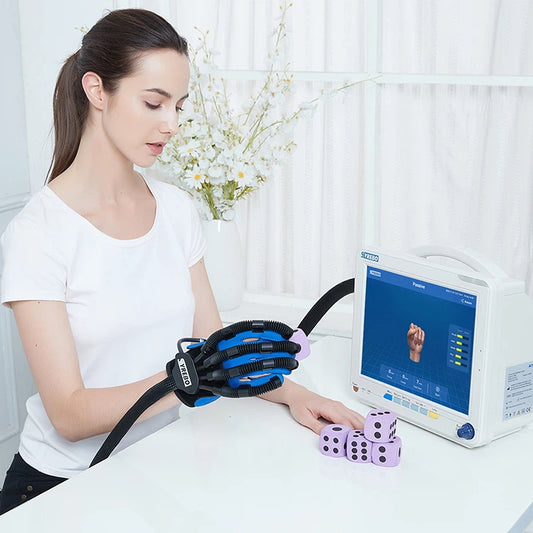Everything You Need To Know About Hemiplegia
What is hemiplegia?
Hemiplegia refers to severe or complete loss of strength leading to paralysis on one side of the body and is usually the result of brain damage in the cerebral hemisphere, opposite the side of paralysis. Hemiplegia may be caused by several vascular conditions, injuries, infections, and congenital disorders. Depending on the severity and the parts of the brain that are affected, signs and symptoms may vary from muscle weakness and loss of sensation, to impaired motor skills of the affected limbs and difficulty speaking.
If hemiplegia develops before, at, or within two years of birth, it is called congenital hemiplegia. If hemiplegia develops after birth, it is called acquired hemiplegia. Hemiplegia is non-progressive. Once it starts, the symptoms do not worsen.Diagnosis is mainly clinical, but further blood testing, imaging, and diagnostic testing like EEGs are needed to confirm the diagnosis.
What are the signs and symptoms of hemiplegia?
Hemiplegia’s main clinical manifestation is severe or complete loss of motor function on only one side of the body. Sensation can also be lost completely or partially, on the affected side of the body. Further signs and symptoms range between individuals and largely depend on the severity of each case. Usually, both gross (i.e., walking, running, swimming) and fine (i.e., buttoning and unbuttoning clothes, writing, playing musical instruments) motor skills are affected. Less frequently, individuals may present with difficulty speaking (often characterized as slurred speech), difficulty swallowing and trouble breathing. Individuals with traumatic brain injuries may have a characteristic way of walking, in which they shift their body weight on the affected side, also known as Pusher syndrome.
Causes of hemiplegia
- Stroke
Stroke is one of the most common causes of hemiplegia. The severity of myasthenia gravis depends on the extent and location of the stroke. Stroke in utero is the most common cause of hemiplegia in children.
- Brain Infections
Brain infections can cause permanent damage to the cerebral cortex. Most infections are caused by bacteria, but some can also be caused by viruses or fungi.
- Traumatic brain injury
A sudden blow to the head can cause permanent brain damage. If the trauma affects only one side of the brain, it can lead to hemiplegia. Common causes of trauma include automobile collisions, sports injuries, and assaults.
- Genetic
An extremely rare mutation in the ATP1A3 gene can cause alternating hemiplegia in children. This disorder results in transient hemiplegic symptoms that come and go. The incidence of this disorder is about 1 in 100.
- Brain Tumors
Brain tumors can cause a variety of physical problems including hemiplegia. Symptoms of hemiplegia may worsen as the tumor grows.
Is hemiplegia permanent?
Hemiplegia is a permanent condition for which there is no cure. It is known as a non-progressive disease because the symptoms do not worsen over time.
People with hemiplegia may gradually improve their hemiplegic symptoms if they receive an effective treatment program. People with hemiplegia can often lead independent, active lives through the use of mobility aids.
Treatment of hemiplegia
- Physiotherapy
Working with a physiotherapist allows people with hemiplegia to develop their balance ability, build strength, and coordinate movement. A physiotherapist can also help stretch out tight and spastic muscles.
- Electrical stimulation
A medical professional can help stimulate muscular movement by using electrical pads. The electricity allows muscles that you can’t move consciously to contract. Electrical stimulation aims to reduce imbalances in the affected side of the brain and improve brain plasticity.
- Mental imagery
Imagining moving the paralyzed half of your body may help activate the parts of the brain responsible for movement. Mental imagery is often paired with other therapies and is rarely used by itself.One meta-analysis looking at the results of 23 studies found that mental imagery may be an effective treatment option for regaining strength when combined with physical therapy.
- Assistive devices
Some physical therapists may recommend the use of a brace, cane, wheelchair, or walker. Using an assistive deviceTrusted Source may help improve muscular control and mobility.
It’s a good idea to consult a healthcare professional to find which device is best for you. They may also recommend modifications you can make to your home such as raised toilet seats, ramps, and grab bars.
If you're looking to purchase hemiplegic rehabilitation equipment but don't know how to choose, SyreboCare can answer your questions. A wide range of specialized rehabilitation equipment is available for you, check to learn more!







